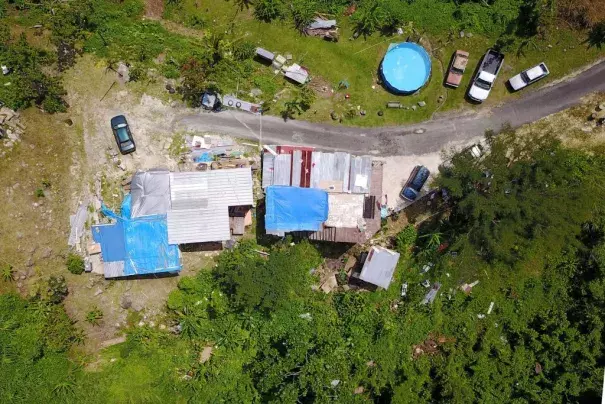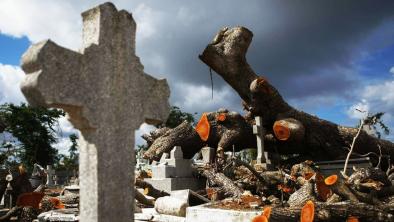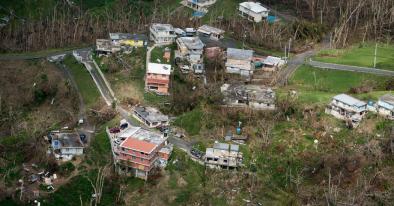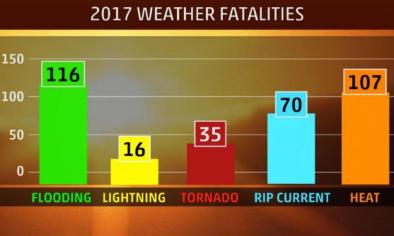Beryl is proof that even the smallest storm can be a threat to Puerto Rico

Relief came hand in hand with concern Tuesday morning, as the remnants of the season’s first hurricane whirled away from Puerto Rico.
While Beryl, downgraded from a tropical storm to merely a low pressure system, failed to directly strike the island, heavy rains brought power outages and flooding to areas still reeling from last year’s hurricanes — an ominous sign given the likelihood of far worse storms to come.
Around 47,000 people lost power in Puerto Rico at one point during Beryl’s onslaught on Monday, as several inches of rain descended on the island’s eastern region. Thousands regained power later on in the day, bringing the number without it down to around 13,000, according to the New York Times, but nearly 9,000 residents were still without water as of the evening.
Similar scenes were recorded on the Virgin Islands, which also saw mass power outages and school closures. Dominica and other neighboring Caribbean islands appeared to be spared the worst of the storm, with no flooding reported.
But for Puerto Rico, Beryl still poses a threat. Hurricane Maria devastated the island after it made landfall as a Category 4 storm in September 2017, destroying Puerto Rico’s aging electrical grid and plunging the island into darkness. The damage sparked the longest blackout in U.S. history and left Puerto Ricans without uninterrupted access to power, water, hospitals, and schools. Recovery has moreover been halting and plagued by missteps.
That means heavy rain alone can be treacherous. As ThinkProgress reported from the island in May, tens of thousands of Puerto Ricans are still living with blue tarps in place of roofs, almost a year after Maria struck the island. Current estimates indicate upwards of 60,000 Puerto Ricans are relying on the tarps distributed by the Federal Emergency Management Agency (FEMA) to protect them from the elements.
Related Content





